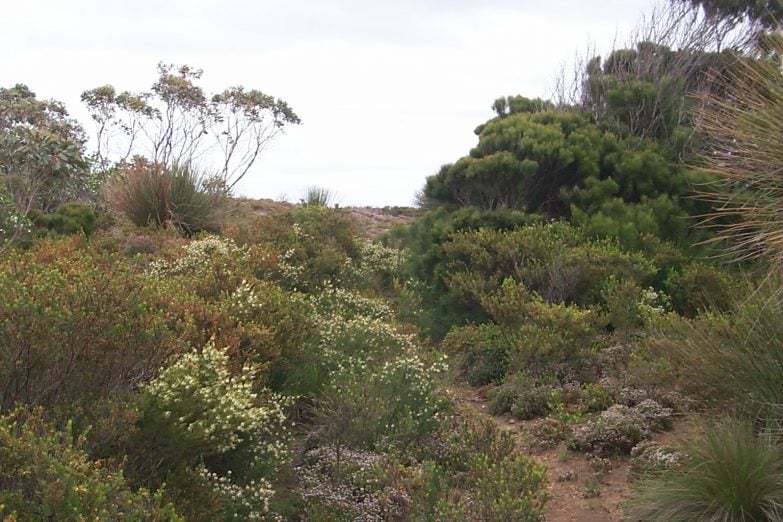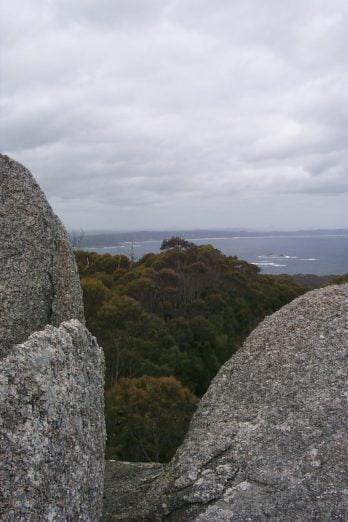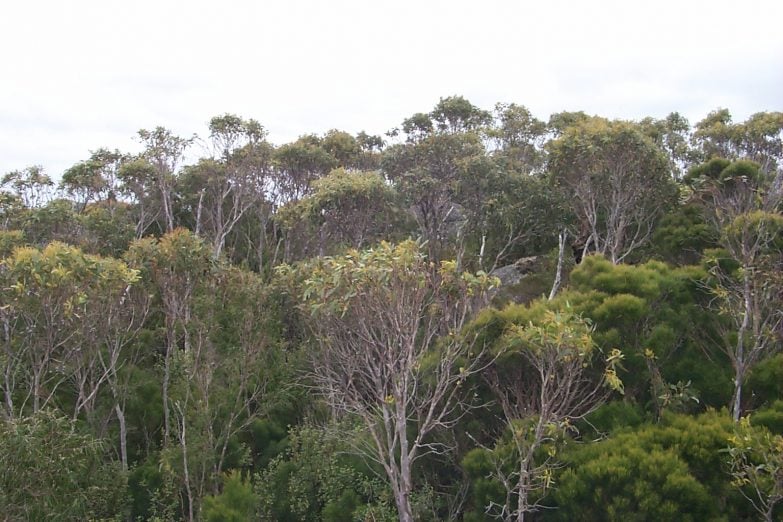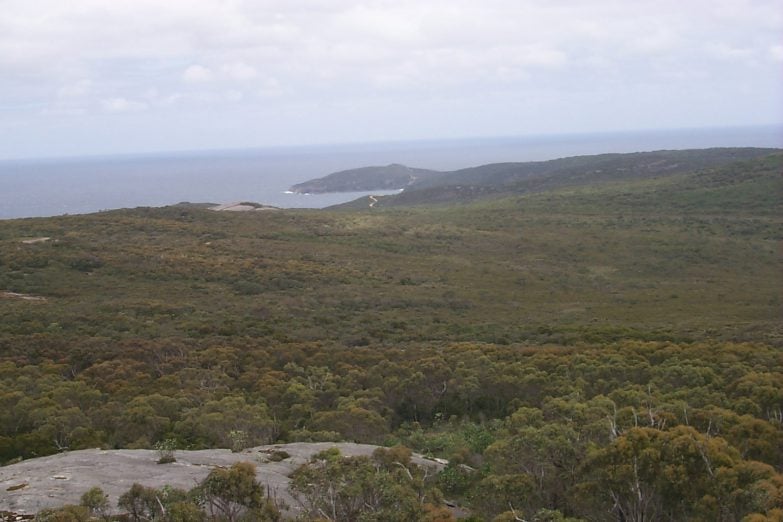The National Trust of Western Australia Conservation Covenant program was established in 1999 to support landowners in conserving Western Australia's unique wildlife, flora and ecosystems.
On one magnificent piece of bushland adjacent to West Cape Howe National Park in Torbay, just outside of Albany, Professors Barbara and Bert Main signed the Conservation Covenant on their property on the 4 August 2000, putting 125 of their 140 acres under covenant.
This piece of bushland is unique in that, unlike the surrounding area, it was never logged for Karri and so remains as it would have been many hundreds of years ago. This intact bushland has diverse vegetation and topography that includes tall heathland, yate and karri forest, casuarina, stunted jarrah woodland with granite outcrops and drainage lines, with all the adjacent transitions between.
The bushland also supports 10 known species of native mammals:
- two species of Dunnart (Sminthopsis spp)
- Kangaroos
- Pygmy Possum, Ringtail Possum and Brushtail Possum
- Bushrat
- Yellow-footed Antechinus (Antechinus flavipes)
- two species of bat
- Quenda (Isodon obesulus)
Torbay Hill, which is on the property, is at 268.18m the highest point in the coastal vicinity while West Cape Howe National Park which adjoins the property is the southernmost point in Western Australia.
The Trust, working together with private landowners, has entered into 184 Conservation Covenants over 340 titles comprising 18,574 hectares. This is an incredible achievement in the preservation and conservation of our ancient landscape.











